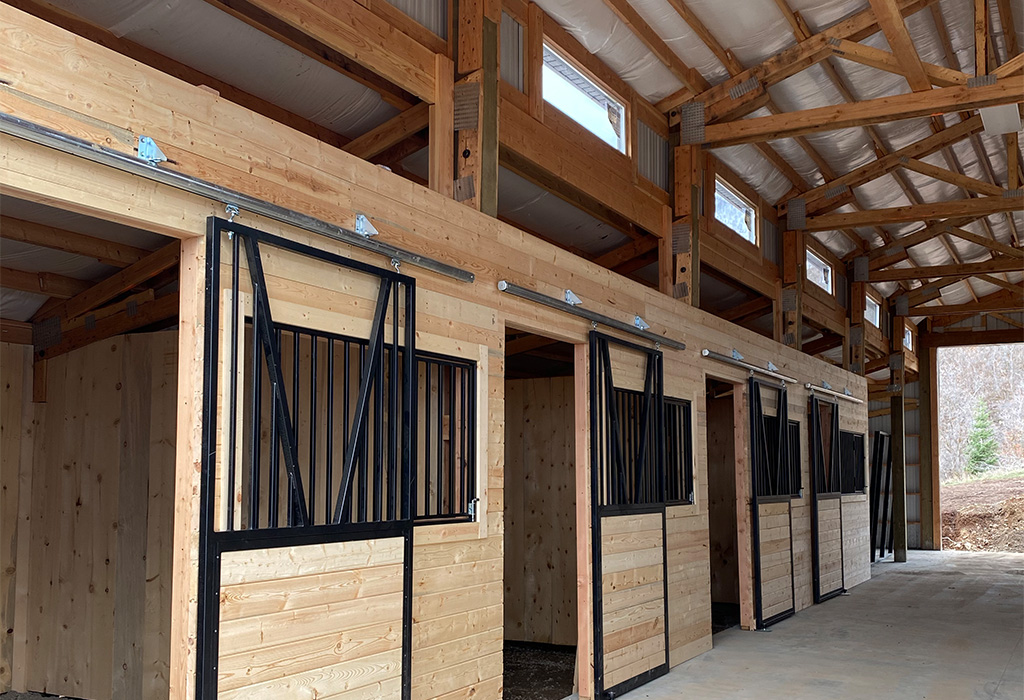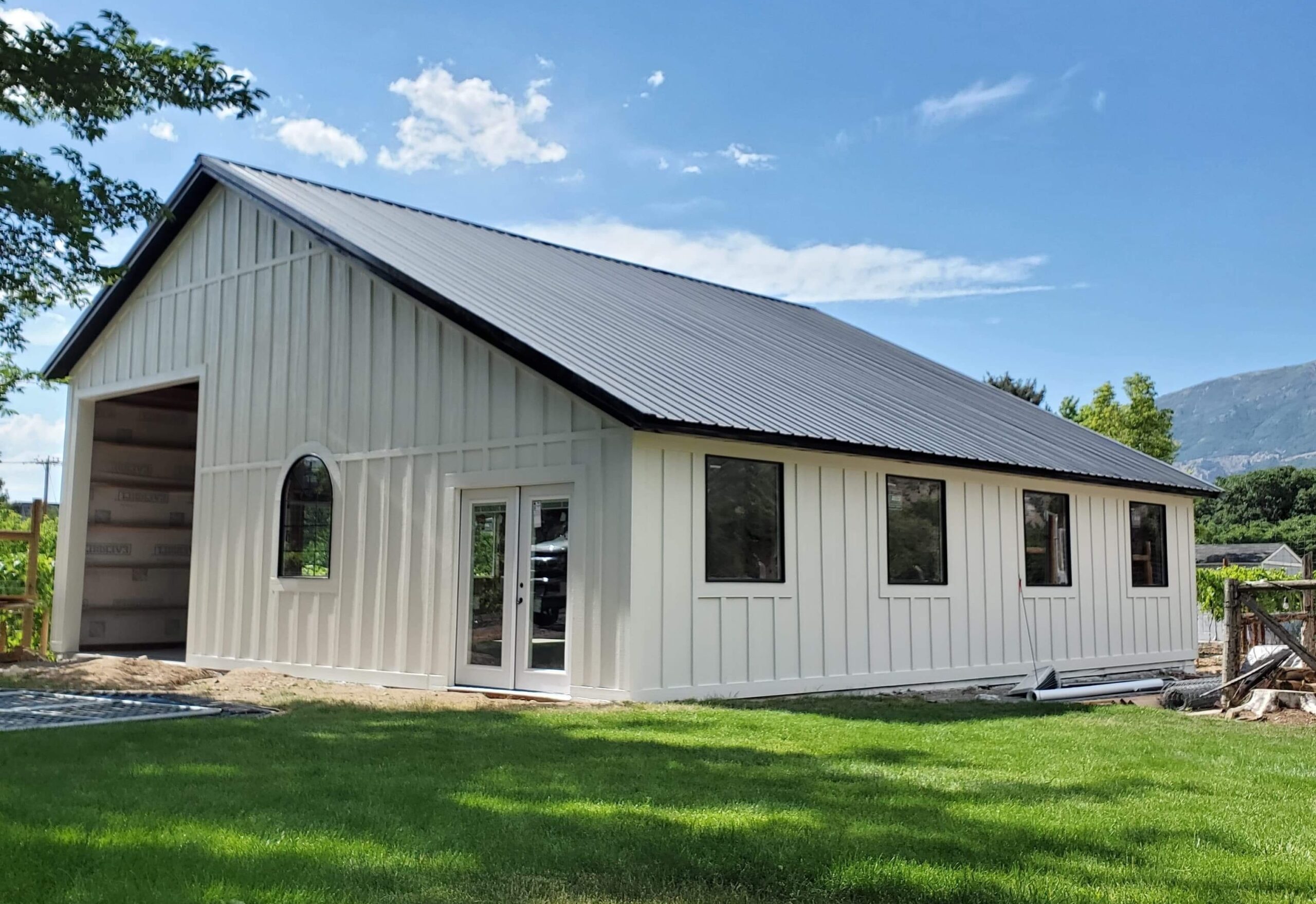In agricultural infrastructure, pole sheds have emerged as indispensable assets for farmers looking to enhance storage capabilities, workspace efficiency, and overall farm management. These structures, often constructed with versatile pole building kits, offer a blend of durability, affordability, and adaptability that meets the diverse needs of modern farming operations.
The Evolution of Pole Sheds
Advantages of Pole Building Kits
Pole building kits exemplify
efficiency and practicality in agricultural construction. These kits typically
include pre-engineered components such as structural poles, trusses, roofing
materials, and siding options, streamlining the building process while ensuring
structural integrity. Farmers benefit from reduced construction time and costs
compared to traditional building methods, making pole sheds preferred for quick
yet sturdy farm infrastructure solutions.
Versatility in Farm Applications
Pole sheds are highly versatile and
suitable for various farm applications. Whether used as machinery storage,
animal shelters, hay barns, or workshops, these structures offer flexible
configurations tailored to specific operational needs. Farmers can customize
their pole sheds with additional features like insulation, ventilation systems,
and sliding doors, enhancing functionality while optimizing operational
efficiency.
Durability and Longevity
Cost-Effectiveness
In an era where budget-conscious
decisions are crucial, pole sheds stand out for cost-effectiveness. The
affordability of pole-building kits and reduced labor costs due to simplified
construction processes make them a financially viable investment for farms of
all sizes. Moreover, expanding or modifying pole sheds in the future without
significant structural alterations adds long-term value and flexibility to
agricultural operations.
Environmental Considerations
Beyond their economic benefits, pole
sheds contribute to sustainable agricultural practices. By utilizing locally
sourced materials and minimizing construction waste, farmers can reduce their
environmental footprint while enhancing farm efficiency. Additionally, the
energy efficiency of insulated pole sheds can lower heating and cooling
expenses, further supporting eco-friendly farming practices and operational
sustainability.
Pole sheds, fortified by modern
pole-building kits, are pivotal in fortifying farm infrastructure across
diverse agricultural landscapes. From their adaptable design and cost-effective
construction to their durability and environmental benefits, these structures
continue to redefine farm management practices. As farming evolves, pole sheds'
utility and versatility remain indispensable assets for enhancing productivity,
protecting assets, and sustaining agricultural operations for generations to
come. Pole sheds exemplify resilience and efficiency in modern farm
infrastructure, whether for storage, shelter, or workspace.
By choosing pole-building kits
tailored to their specific needs, farmers can leverage these structures to meet
current challenges and future growth opportunities, ensuring sustainable
success in an ever-changing agricultural landscape.


Comments
Post a Comment